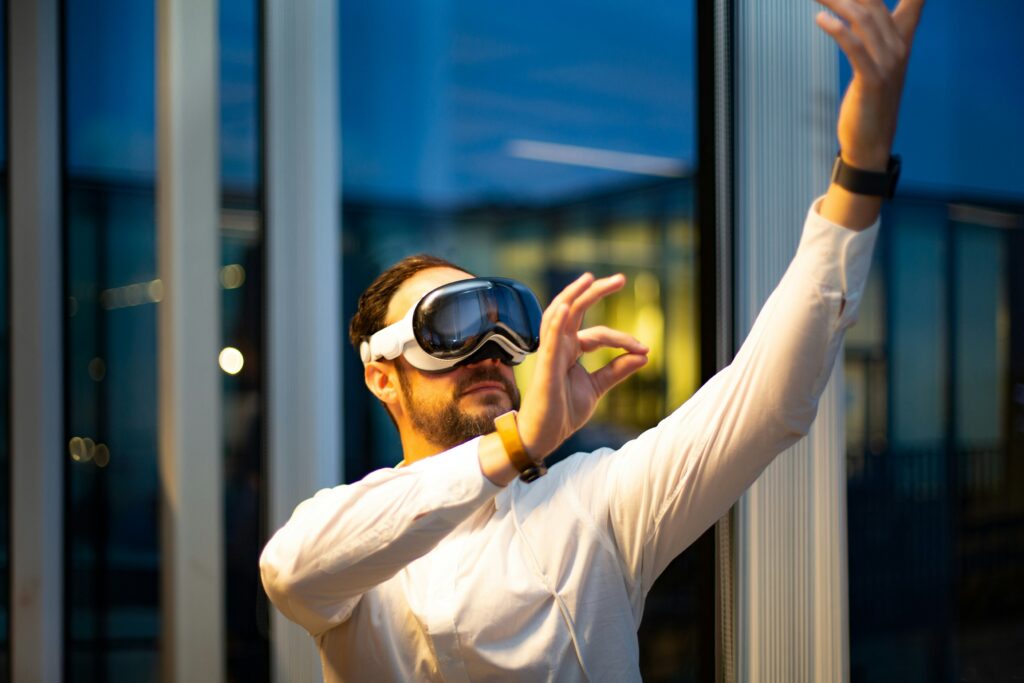Computer Vision is a field of artificial intelligence that enables computers to “see” and interpret visual data the way humans do. It uses algorithms, deep learning models, and large datasets to extract meaningful information from images, videos, and even live camera feeds.
How Computer Vision Works
Computer vision involves several stages:
- Image Acquisition – Capturing visuals via cameras, sensors, or uploads
- Preprocessing – Cleaning and formatting data (e.g., noise reduction)
- Object Detection and Recognition – Identifying people, vehicles, or objects
- Segmentation – Breaking down an image into parts (pixels, boundaries)
- Classification & Analysis – Understanding what’s happening in the scene
These processes are powered by convolutional neural networks (CNNs), which are particularly good at handling visual data.
Key Applications of Computer Vision in 2025
1. Autonomous Vehicles
Computer vision is the backbone of self-driving cars. It helps vehicles detect traffic signs, lane markings, pedestrians, and other vehicles in real time. Companies like Tesla and Waymo rely heavily on this technology.
2. Healthcare Imaging
In healthcare, computer vision systems analyze X-rays, MRIs, and CT scans to detect anomalies like tumors, fractures, or organ abnormalities. For example, Google Health has developed models that outperform radiologists in some diagnostic tasks.
3. Retail & E-commerce
From automated checkout in Amazon Go stores to visual product search on platforms like Pinterest and Shopify, computer vision is transforming the shopping experience. It enables personalized recommendations and visual search tools that improve conversions.
👉 Related: AI Trends in E-commerce for 2025
. Industrial Automation
In manufacturing, AI vision systems detect product defects, monitor quality, and assist robots in assembly lines. These tools reduce errors and enhance productivity in real time.
5. Security & Surveillance
Vision-based facial recognition and behavior analysis improve security in airports, offices, and smart cities. However, this also raises privacy and ethics concerns.
Benefits of Computer Vision
- 🚀 Real-time Processing – Fast analysis of live video and imagery
- 🤖 Efficient Automation – Reduces manual labor
- 📊 High Accuracy – Fewer mistakes than human observers
- 💡 Deeper Insights – Generates useful data for businesses
Challenges Facing Computer Vision
- Bias in Data – Poor-quality training data leads to unfair results
- Privacy Risks – Especially in surveillance use cases
- Computational Cost – Needs powerful GPUs and hardware
- Lack of Explainability – Black-box decisions from deep learning
Emerging technologies like Explainable AI (XAI) and federated learning are helping to address these issues.
The Future of Computer Vision

In the next few years, computer vision will be central to:
- Edge AI – Faster, local image processing on smart devices
- Mixed Reality (AR/VR) – Enhancing visual awareness in real time
- Autonomous Robotics – Vision-powered navigation and task automation
- Smart Cities – Monitoring traffic, pollution, and public safety
It’s not just about recognizing images — it’s about enabling machines to interact with the world intelligently.